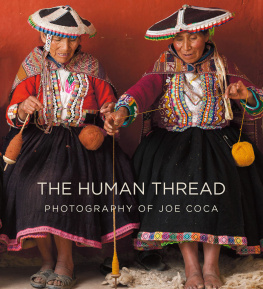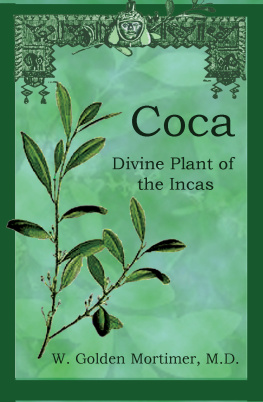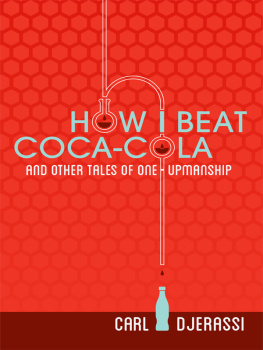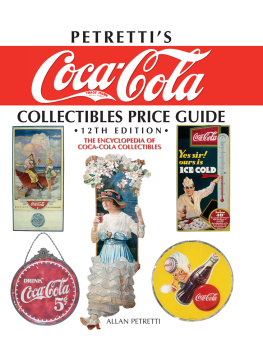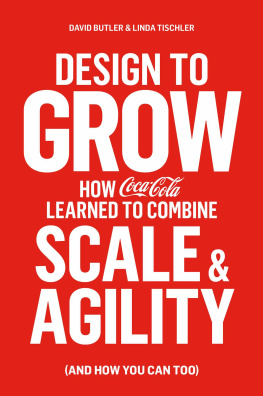Joe Coca - The Human Thread: Photography of Joe Coca
Here you can read online Joe Coca - The Human Thread: Photography of Joe Coca full text of the book (entire story) in english for free. Download pdf and epub, get meaning, cover and reviews about this ebook. year: 2019, publisher: Thrums Books, genre: Non-fiction. Description of the work, (preface) as well as reviews are available. Best literature library LitArk.com created for fans of good reading and offers a wide selection of genres:
Romance novel
Science fiction
Adventure
Detective
Science
History
Home and family
Prose
Art
Politics
Computer
Non-fiction
Religion
Business
Children
Humor
Choose a favorite category and find really read worthwhile books. Enjoy immersion in the world of imagination, feel the emotions of the characters or learn something new for yourself, make an fascinating discovery.
- Book:The Human Thread: Photography of Joe Coca
- Author:
- Publisher:Thrums Books
- Genre:
- Year:2019
- Rating:3 / 5
- Favourites:Add to favourites
- Your mark:
- 60
- 1
- 2
- 3
- 4
- 5
The Human Thread: Photography of Joe Coca: summary, description and annotation
We offer to read an annotation, description, summary or preface (depends on what the author of the book "The Human Thread: Photography of Joe Coca" wrote himself). If you haven't found the necessary information about the book — write in the comments, we will try to find it.
Joe Coca: author's other books
Who wrote The Human Thread: Photography of Joe Coca? Find out the surname, the name of the author of the book and a list of all author's works by series.
The Human Thread: Photography of Joe Coca — read online for free the complete book (whole text) full work
Below is the text of the book, divided by pages. System saving the place of the last page read, allows you to conveniently read the book "The Human Thread: Photography of Joe Coca" online for free, without having to search again every time where you left off. Put a bookmark, and you can go to the page where you finished reading at any time.
Font size:
Interval:
Bookmark:
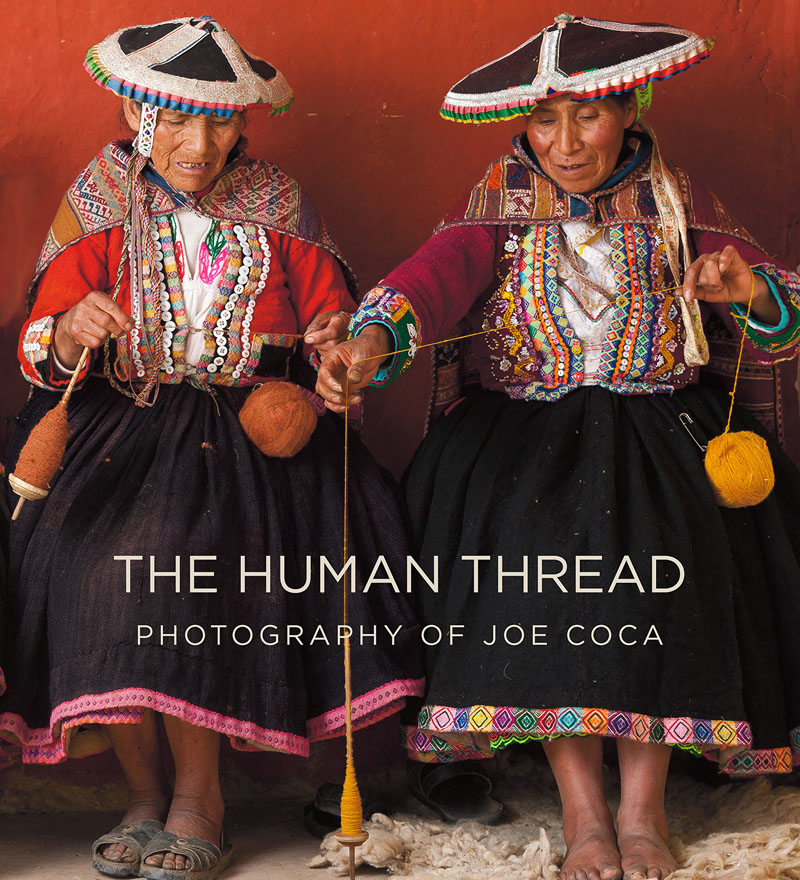
Publisher: Linda Ligon
Editor: Karen Brock
Designer: Michael Signorella
Text and Photography 2019 Joe Coca
Cover image: Indigenous artisans spin wool in Pitumarca, Peru.

4420 Roaring Fork Court
Loveland, Colorado 80538
USA
Printed in China by Asia Pacific
Library of Congress Control Number: 2019902329
I look through the photographs in this book, and think, I was there! How does this picture compare with my memory? Thats such an intriguing question: how can a photograph capture a fleeting moment as just one person, the person behind the camera, experienced it? And yet how can that image evoke memory and feeling in others, so strong they can even touch and taste and smell it, whether they were there or not?
I look at the photo on and smell the smoke of jungle tobacco and forest-floor leaf rot and my own sweat, all coming alive from a two-dimensional image that Joe Coca captured before he went beyond thinking. I wonder what you, who were not there, experience. The attentive focus of the shaman, the energy of the magic jungle plants? The call of the tree frogs?
I look at the photograph on : yearning, seeking, fearlessly connecting. Fixed, two-dimensional images that tremble with life.
Ive worked with Joe Coca for forty years. Im still not sure how he gets the images he does. Oh, a lot of it is pure craftknowing his camera as well as he knows his own hand, knowing the nature and behavior of light. But theres more. Ive noticed that when we enter a distant and unfamiliar place, whether we have any language in common with the people or not, he just sort of disappears. No, thats not righthes clearly present but has somehow become one of Them. One of the gang. Sure, take my picture! they say. Ive only seen him chased out of town once, and that was in a tiny village where the people were collectively a little crazy.
I think this easy acceptance is because when hes working, Joe leaves his ego behind. This is unusual, in my experience. Photographers, like other artists, tend to have noticeable ones. But Joe, while self-assured, is gentle and funny with children and old ladies, and respectful with men. Theres no me-them attitude. And his subjects repay in kind. The cultural barriers drop, they become friends, and this ease and trust are reflected in the photographs.
I think youll see that as you turn through this collection of work, which represents some twenty years of travel and human connection. In almost every case, the travel was occasioned by the need for documentation of indigenous textiles. In every case, Joe captured so much more than just the cloth. The humanity behind the craft, the thread of humanity stretching through time and around the globethat, to me, is the real story. And its here for you to see.
Linda Ligon, 2019

At one time, Weston Supply was the company store for Colorado Fuel & Iron, the mining company based in Weston. Today, it serves as the town grocery store, restaurant, and post office.
Careers are fickle things. Growing up, you dream of having one kind of life; surprising paths send you in a different direction. Like hundreds of other photographers, I had dreams of working for National Geographic and traveling to exotic places. I started photographing textiles because it paid the rent. I never imagined that it would lead me to those exotic places, to a tremendous career in photography.
I grew up in Weston, Colorado. Coal country. My father was a coal miner. My uncles were coal miners, my friends fathers were coal miners. When we graduated from high school, most of us were destined to be coal miners as that was the only well-paying job open to us. Weston, at the time, was a company town. Our lives revolved around it. When an ambulance screamed up the highway, the phone lines lit up and the first thought was wondering what type of accident had happened in the mine and who had gotten hurt.
As I entered my teenage years, I never thought much about what was in store for me or what kind of career I would pursue. In Weston, once you finished high school or as it happened countless many times, before you finished high school, you went to work in the mine, got married, and immediately started a family. College was a very distant dream, not impossible, but a dream. It was too expensive for most families of the kids I grew up with; mine was no exception. Except I had no brothers or sisters, and my parents wanted me to go to college. My father did not want me to be a coal miner. He had seen his friends hurt or killed in that mine, he had been injured in that mine, and he did not want me in it. He and my mother hadnt even gone to high school, but for me, they wanted college.
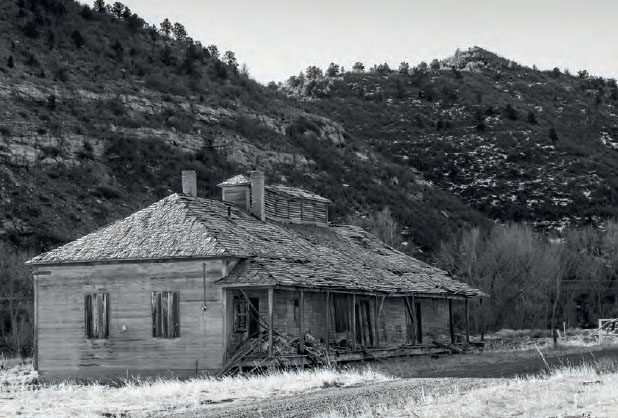
The collapsing remains of the mining companys main office, no longer a driving force in Weston.
When I started the seventh grade, my life was going to change, although I didnt know that at the time. A new kid had moved into our small town. His name was Jack Robertson. His father was the superintendent of the mine where my father was employed. Jacks dad ran the show. As the school year progressed, Jack, my cousin Danny, and I became friends. We all lived within a couple of blocks of each other, so we introduced Jack to the hills and canyons Danny and I claimed as our playground. Jack introduced us to a new world we could not imagine.
The Sangre de Cristo mountain range looms on the western horizon of Weston. As a very young kid, I thought that was literally the edge of the world. If you ventured anywhere farther west of the mountains, surely you would fall off the edge. I was astounded one day when a friend of my fathers said he had just come from somewhere west of the range. I could not believe there was something on the other side of the mountains.
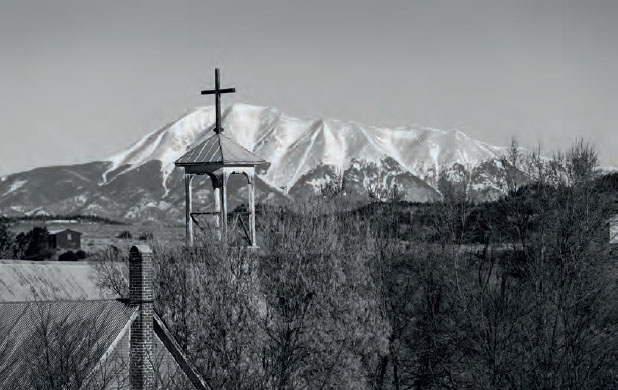
A Catholic church in Westonnow an artists studioframed by the Spanish Peaks.
Jack and his family had lived in various parts of the country because of his fathers job, and they had traveled extensively. Theyd been to Europe on vacations. Jack was a Boy Scout and had attended National Jamborees and had experienced fascinating adventures compared to my life in Weston. His travel stories captivated me.
Jack made the most profound impression on me the day he showed me a camera he owned. He pulled it out and let me hold it. It was the most beautiful thing I had ever seen. It was heavy, leather, shiny chrome, and it felt expensive. It was an Exakta. I was in awe even though I didnt know the first thing about using it. My mother had always been an avid family photographer. She always had some type of handy Kodak camera with her whenever a family gathering was in the works. There were tons of family photos and albums in our house throughout the years, but I never paid much attention to how the process worked. I knew she took a bunch of photos, then dropped off the film at some drugstore, and a short time later, prints would show up. It all seemed sort of magic. Her cameras were always a simple box, or later, a small rectangular-shaped Instamatic with no controls, knobs, or levers other than a shutter release. The camera Jack showed me had all kinds of controls. It had a shutter release, but it also had an aperture control, shutter control, a viewfinder, and a lens you could focus on your subject. I was bewitched.
Next pageFont size:
Interval:
Bookmark:
Similar books «The Human Thread: Photography of Joe Coca»
Look at similar books to The Human Thread: Photography of Joe Coca. We have selected literature similar in name and meaning in the hope of providing readers with more options to find new, interesting, not yet read works.
Discussion, reviews of the book The Human Thread: Photography of Joe Coca and just readers' own opinions. Leave your comments, write what you think about the work, its meaning or the main characters. Specify what exactly you liked and what you didn't like, and why you think so.

